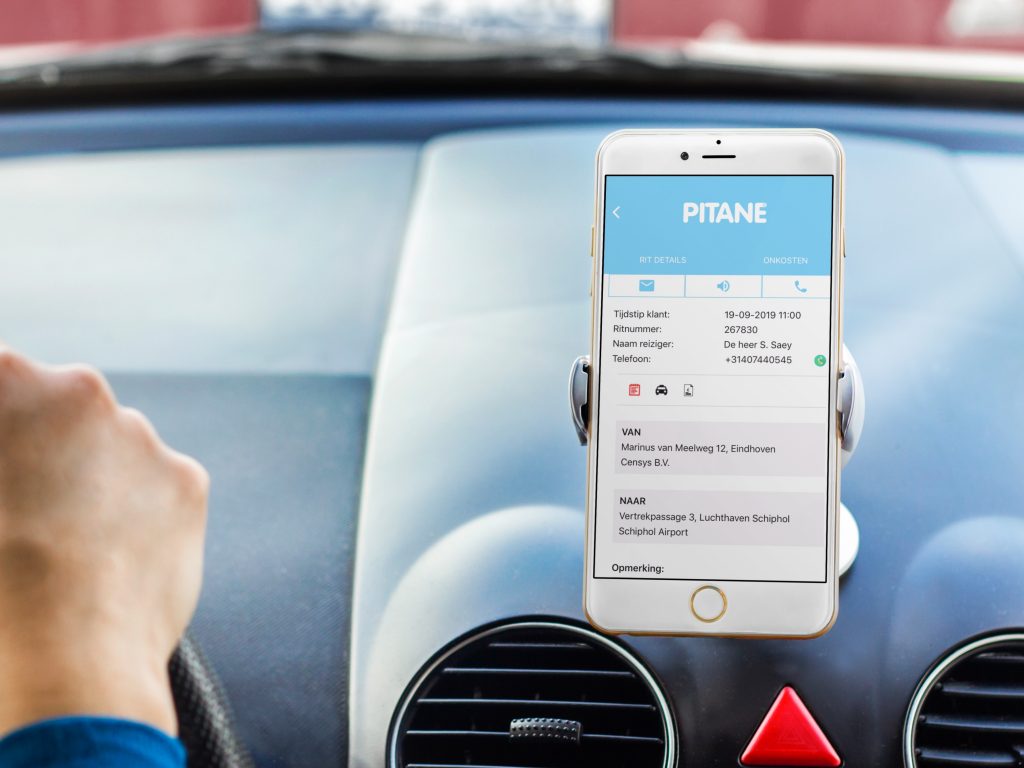The ANWB has announced in a press release that good winter tires are still rare. Of the 28 tires tested, only six received the final verdict 'good'. Despite the fact that this winter tire test has been carried out for years, few manufacturers manage to make a tire that performs well on all fronts. On the other hand, only four tires score 'moderate' or 'bad'. This is evident from the ANWB winter tire test.
The majority (18 out of 28) score 'reasonable'. These tires are recommended by the ANWB, they are safe, but each has its shortcomings. For example, they suffer more from aquaplaning, less grip in the snow or less pleasant driving characteristics.
The ANWB is again publishing an extensive winter tire test this year. Together with a number of other clubs, the tires are purchased anonymously and then tested on all kinds of road surfaces and conditions. On wet and dry roads, at high and low speed and of course in the snow. This year the sizes 205/55 R 16 H (middle class cars, best-selling tire size) and 235/55 R 17 V (especially mid-size SUVs) were examined.
De ANWB recommends a minimum of 4 mm profile for winter and all-season tires (for comparison: the legal minimum depth for summer and winter tires is 1,6 mm.) Then why 4 mm? For two reasons: during winter rainfall in the Netherlands, the road surface is usually covered with slush, or a mixture of wet snow and water. To maintain grip in such a thick layer of slush, the tire simply needs a lot of tread depth. The second reason is important for winter sports enthusiasts: In Austria, four mm is the legal minimum tread depth for winter tires.
Photo right: ANWB image bank.
Also read: Transport task does not fit well with the goals of Foodvalley



